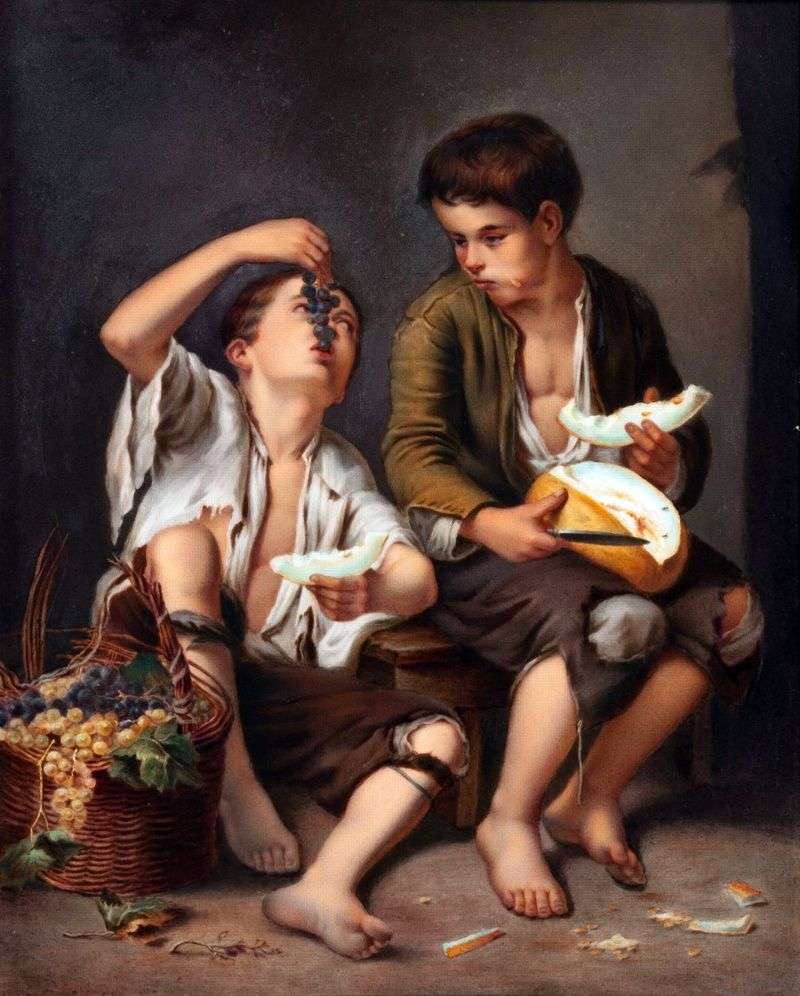
“Eaters of melon and grapes” refer to the best paintings of Murillo. Here he tried to solve a problem that he had not yet set himself, the task of portraying nature in natural light. Both little hero pictures are sitting on the ground. They are immersed in the shadow, gradually lightening to the right edge of the picture. We don’t hear what the boys are talking about, we don’t know their relationship, but the author so visibly conveys their conversation using pictorial means, so vividly draws their characters that we involuntarily feel as if we have long known these ravines. The “master of the situation” here, apparently, is a boy with a melon.
They tell us about this and his look at his friend – from top to bottom – and a slightly mocking expression on his face, as well as the fact that the melon is on his lap. On the face of his friend, on the contrary, written indecision. He, however, is trying to disguise it, exaggeratedly-nifty gesture of sending a bunch of grapes into his mouth.
“Eaters of melon and grapes” foreshadow the birth of the airy style of Murillo, who glorified him. In “Eaters” he has a completely new way, compared with the pictures of the previous period, he approaches the creation of light-air effects, but he still does not quite cope with the tasks set before him. Murillo, apparently, himself felt that he could not achieve the desired tangibility of light and air. He worked as a thick, pasty smear, demanding clear boundaries between the atmospheric environment and volumes. Naturally, the airiness of such a stroke did not contribute.
However, in the Melon and Grape Eaters, Murillo managed to get around this difficulty in a rather original way. He scattered on the canvas spots of flowers and shadows of varying intensity. The effect of “spotting”, created in this way, successfully imitated the future air style of Murillo. It should also be noted the special warmth of the painting by Murillo, who bewitched many generations of viewers. The master managed to achieve these amazing tones largely due to the primer.
In Seville, pottery clay mixed with linseed oil and glue was used to make it. Such a primer reported the picture a pinkish-brown hue. This shade, by the way, makes it easy to distinguish the Seville works of Diego Velázquez, the famous Murillo, from his own Madrid canvases.
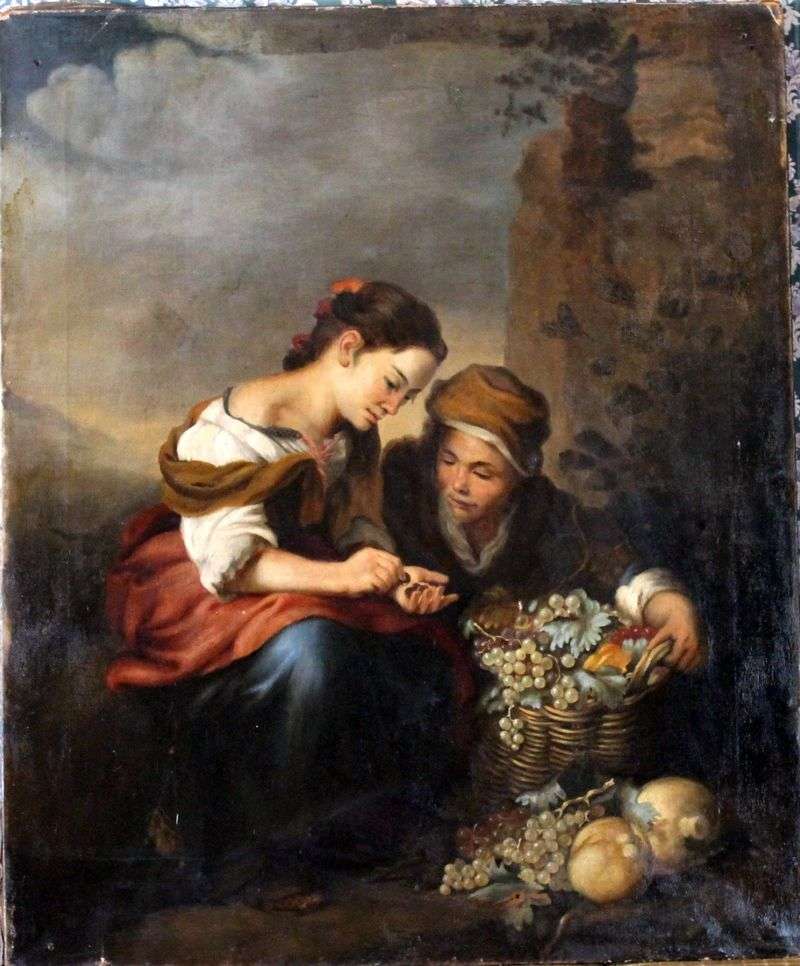 Fruit Seller by Bartolome Esteban Murillo
Fruit Seller by Bartolome Esteban Murillo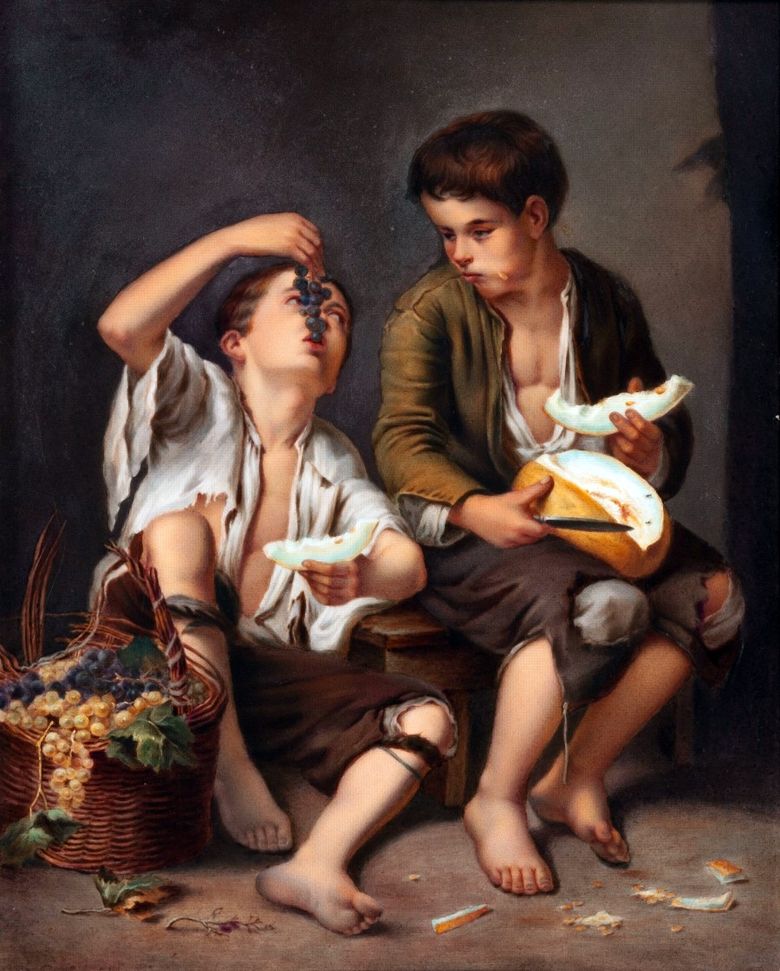 Mangeurs de melon et de raisins – Bartolome Esteban Murillo
Mangeurs de melon et de raisins – Bartolome Esteban Murillo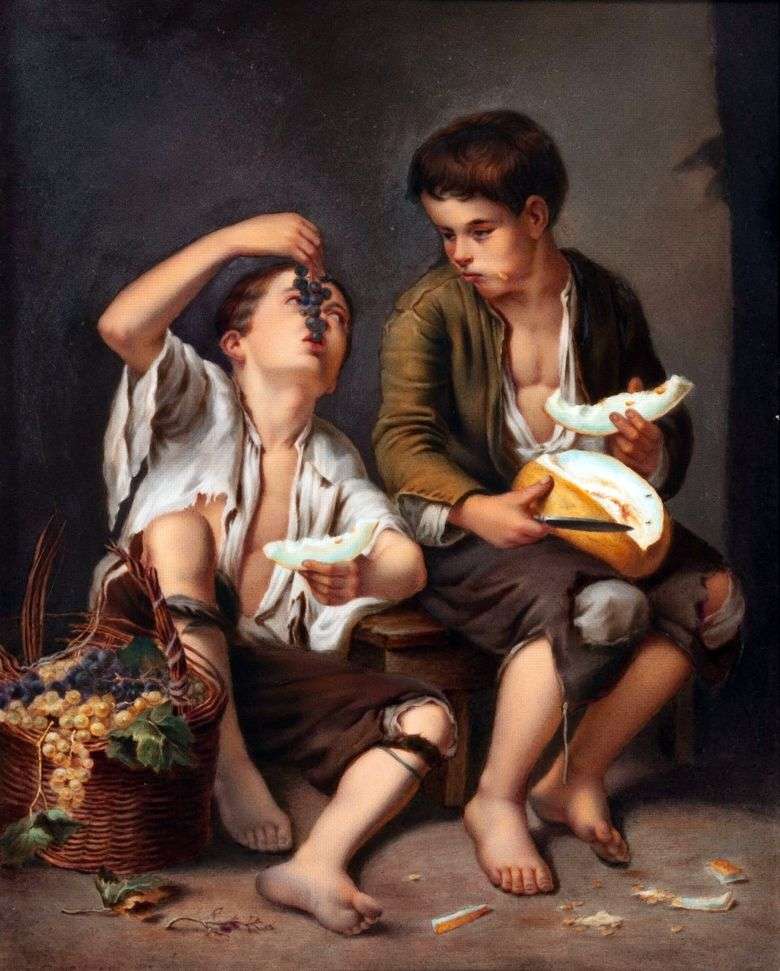 Los comedores de melón y uvas – Bartolome Esteban Murillo
Los comedores de melón y uvas – Bartolome Esteban Murillo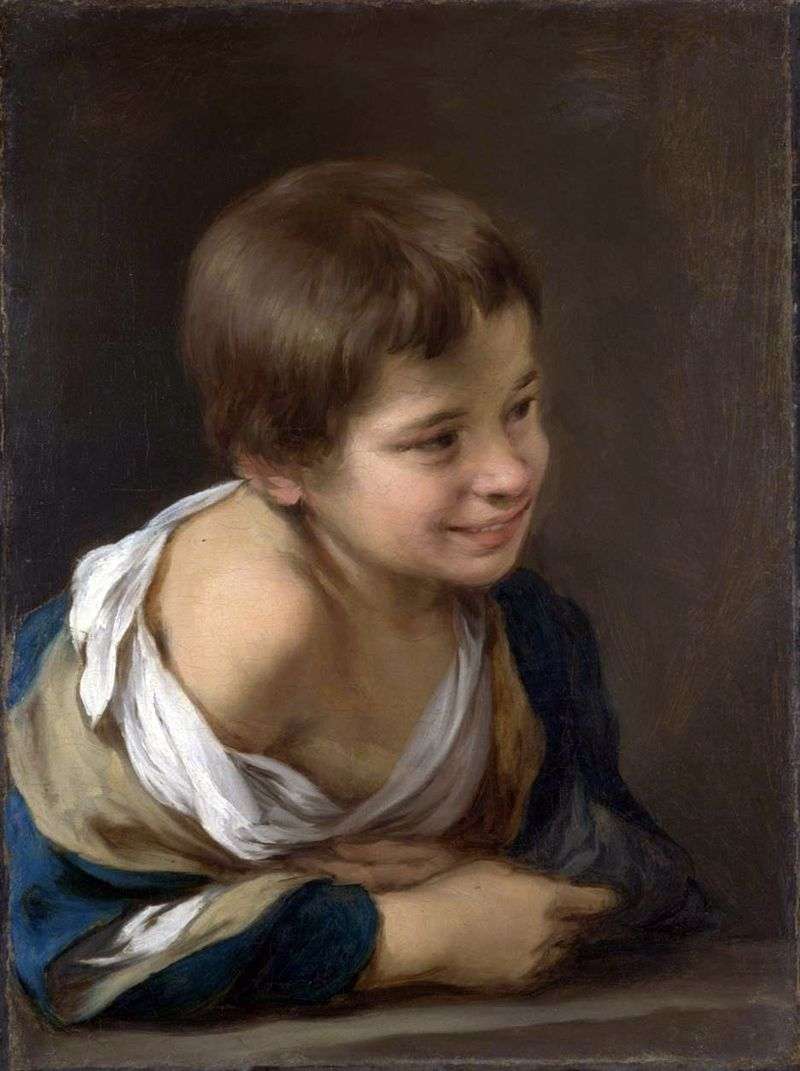 Peasant Boy by Bartolome Esteban Murillo
Peasant Boy by Bartolome Esteban Murillo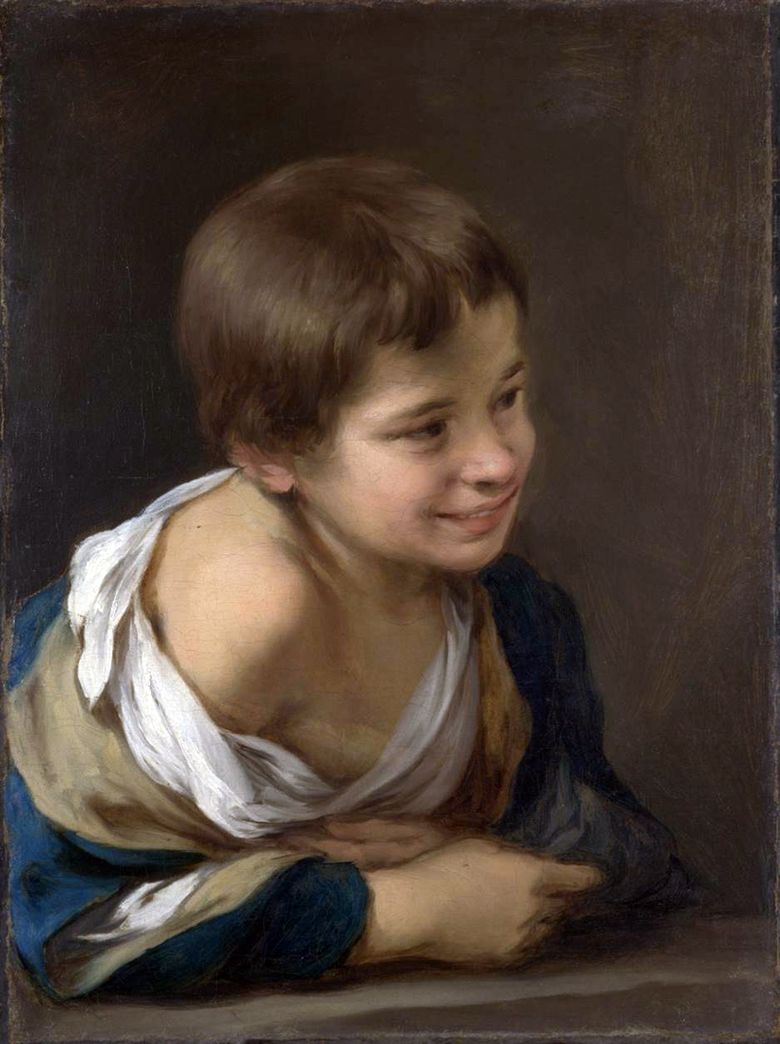 Garçon paysan – Bartolome Esteban Murillo
Garçon paysan – Bartolome Esteban Murillo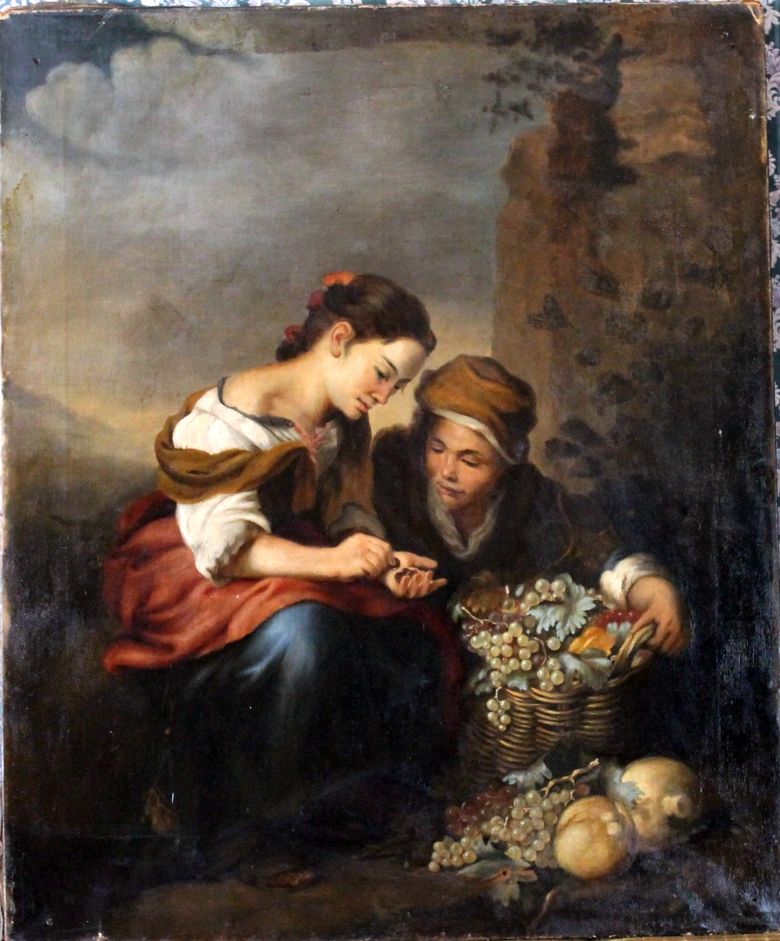 Vendeuse de fruits – Bartolome Esteban Murillo
Vendeuse de fruits – Bartolome Esteban Murillo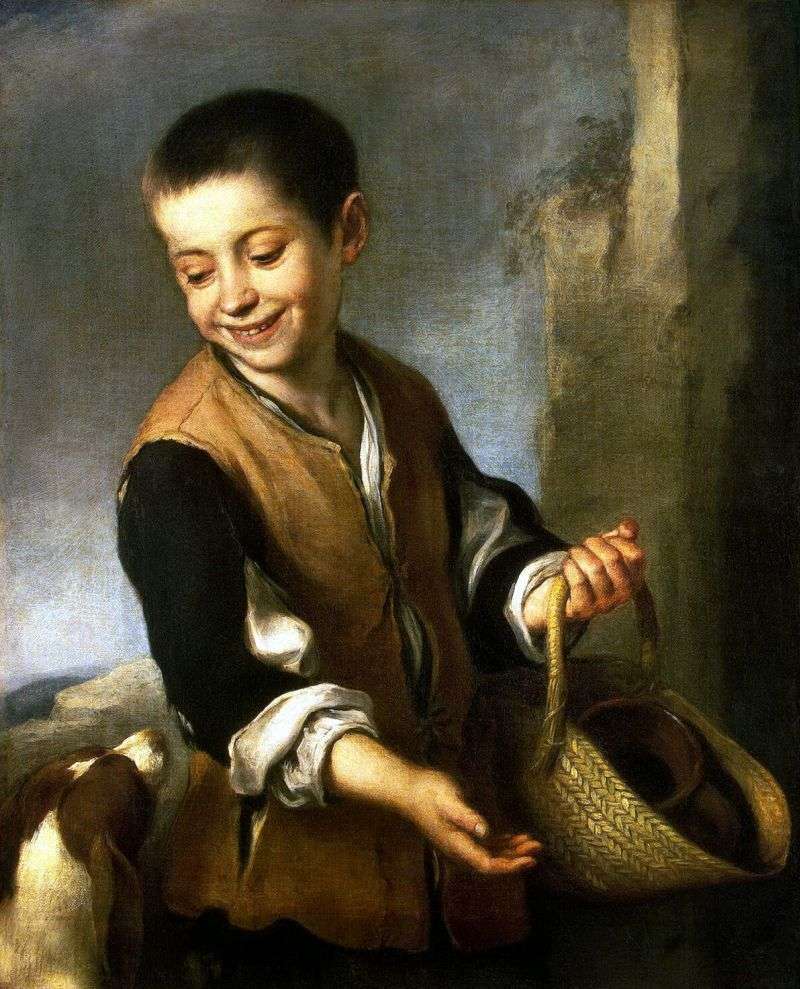 Boy with a dog by Bartolome Esteban Murillo
Boy with a dog by Bartolome Esteban Murillo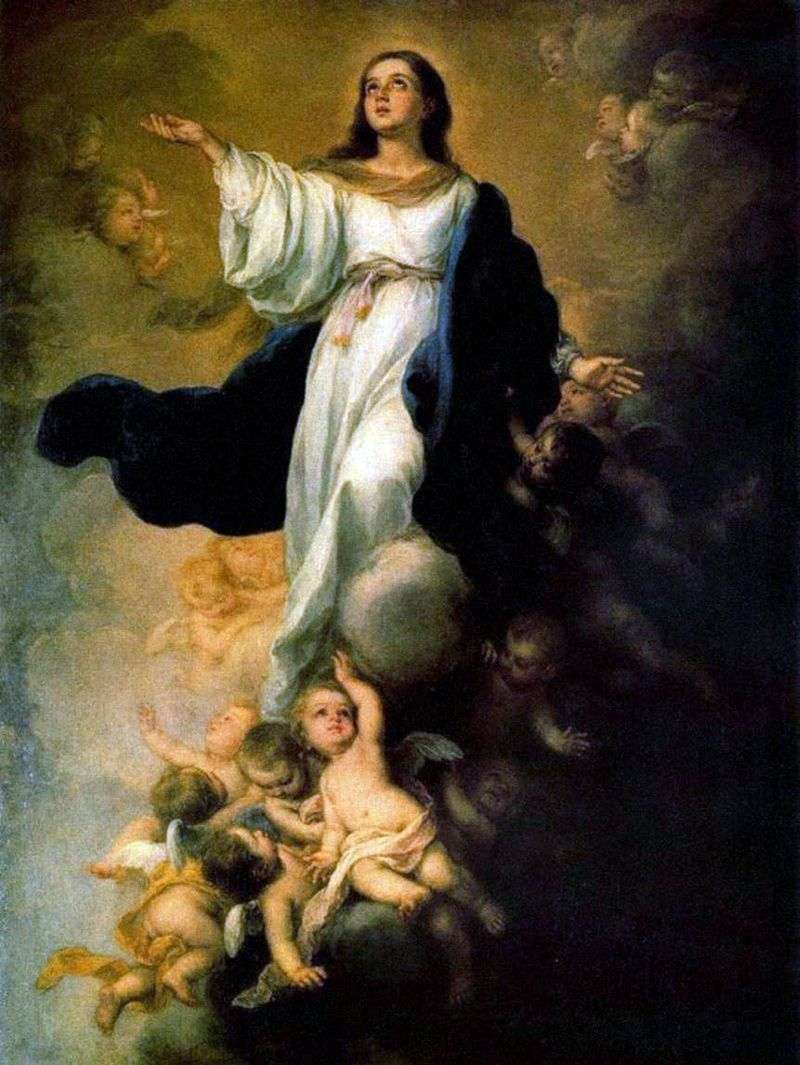 Assumption of the Virgin Mary by Bartolome Esteban Murillo
Assumption of the Virgin Mary by Bartolome Esteban Murillo